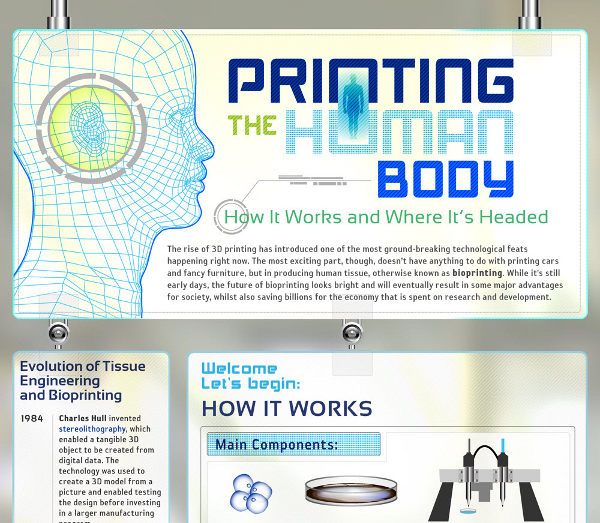There are many ways to manipulate a single protein or gene in lower animals in order to modestly slow aging and extend life, and new ones are discovered on a regular basis. This process of discovery tends to proceed more rapidly for short-lived laboratory species like flies and nematode worms, where evaluating alterations in life span requires less time and fewer resources. Thus more and more diverse studies can be conducted within a given budget in comparison to, say, work in mice.
So: genes can be mutated via genetic engineering, or removed, or doubled up. An individual protein produced from a genetic blueprint can be created more rapidly so as to boost its presence in cells or its production dialed back to lower levels. This is not an exhaustive list. Any of these possibilities can be targeted to specific cell types or portions of anatomy, if so desired. There are far more combinations to tinker with than the research community has capacity for, so researchers tend to work in areas that have already demonstrated some promise, or where the maps of function and interaction between protein machinery are better understood.
Even seemingly trivial functions in the metabolism of lower animals are enormously complex in their details. Anything of the subsystems involved in how food is converted into something that cells can use for energy, for example, or how body temperature is regulated. These evolved systems make use of overlapping feedback loops that might involve dozens or hundreds of proteins, and any given protein might be promiscuously involved in several quite different systems; if our biology teaches us anything it is that evolution favors the reuse of existing materials. A great example is p53, which shows up as a player in many of the central, crucial processes of cellular biology.
Alter the amount of a protein in circulation and that ripples out through all the networks of protein machinery that it is in involved with. You can't flip any switch in isolation. This diversity of components in every biological system is one of the reasons why there are seemingly so many different ways to alter life span in lower animals. There might be only a few important networks of proteins tightly coupled to determination of life span, such as that involved in the calorie restriction response, but within each network there are possibly dozens of proteins that can be tweaked to produce some form of beneficial effect on the whole - and of course varying degrees of side-effects.
So when researchers uncover yet another life extending methodology, they must then chase cause and effect through networks of interacting protein machineries until they get to something that looks familiar - which they usually do. One very well studied area is the network of insulin and insulin-like growth factor (IGF) signaling, and as is the case for increased autophagy, many diverse longevity enhancing alterations touch on this machinery.
Here is an example of the way in which researchers proceed from a single manipulation that extends life in flies, go on to explore the networks that it influences, and find their way to IGF signaling, as is often the case. By doing this they shed a little more light on how metabolism can operates to somewhat change the pace of aging:
Modulation of Methuselah Expression Targeted to Drosophila Insulin-producing Cells Extends Life and Enhances Oxidative Stress Resistance:
Ubiquitously reduced signaling via Methuselah (MTH), a G-protein coupled receptor (GPCR) required for neurosecretion, has previously been reported to extend life and enhance stress resistance in flies. Whether these effects are due to reduced MTH signaling only in specific tissue(s) and through with signaling effects reduced MTH might produce these phenotypes remains unknown.
We determined that reduced expression of mth targeted only to the insulin-producing cells (IPCs) of the fly brain was sufficient to extend life and enhance oxidative stress resistance. Paradoxically, we discovered that overexpression of mth targeted to the same cells has similar phenotypic effects to reduced expression due to MTH's interaction with β-arrestin, which uncouples GPCRs from their G-proteins.
We confirmed the functional relationship between MTH and β-arrestin by finding that IPC-targeted overexpression of β-arrestin alone mimics the longevity phenotype of reduced MTH signaling. As reduced MTH signaling also inhibits insulin secretion from the IPCs, the most parsimonious mechanistic explanation for its longevity and stress resistance enhancement might be through reduced insulin/IGF signaling (IIS). However, examination of phenotypic features of long-lived IPC-mth modulated flies as well as several downstream IIS targets implicates enhanced activity of the JNK stress resistance pathway more directly than insulin signaling in the longevity and stress resistance phenotypes.
A great deal of present day research into aging and longevity is exactly like this: shining narrow beams onto a very complex system, establishing and following maps of gene and protein relationships, and gradually filling out information on how it all fits together. The answers obtained from any individual study are rarely as comprehensive or certain as would be the case in a perfect world, alas. It's a slow process.
This is interesting work, but ultimately of limited utility when it comes to our health and life span: slowing aging by adjusting human metabolism certainly lies in the future, but we'll be old by the time that work reaches any sort of meaningful fruition. Ways to slow aging are of little use to people already bowed and damaged by that process. This isn't to say that the knowledge generated here is useless; all knowledge is useful in the fullness of time. This just isn't a part of the road to lengthening human life any time soon - it's a part of the road to fully understanding the biology of living organisms. Which is not the same thing at all.
